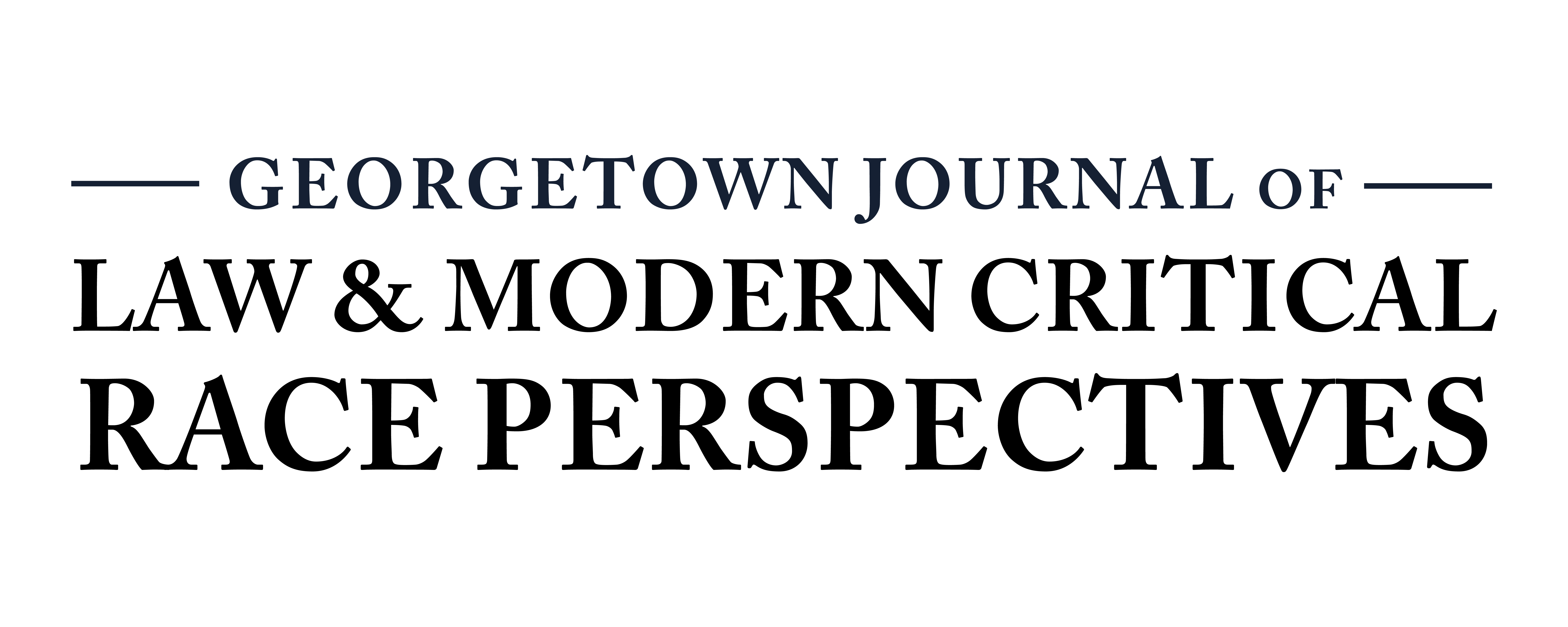Confronting Racist Authority: The Vertical Narrowing of Whren v. United States
Professor Derrick Bell stated, “At its essence, the willingness to protest represents less a response to a perceived affront than the acting out of a state of mind.” Footnote #1 content: Derrick Bell, Confronting Authority, ix (1994). This piece honors Professor Bell, his protest, and the state of mind he embodied: confronting authority. It seeks to embolden the everyday, persevering practitioner or judge who is troubled by racist Supreme Court precedent, namely Whren v. United States. Footnote #2 content: 517 U.S. 806 (1996).
For nearly three decades, practitioners and judges have dutifully applied Whren to even the most obviously harmful pretextual traffic stops. The Whren Court licensed the racial profiling and over-policing of countless Black and Brown people. What Justice Scalia described as the “run-of-the-mine” traffic stop predictably progressed into a colonizing and abusive police practice that is “unusually harmful” to the Fourth Amendment interests of Black and Brown people.
When the Whren Court condoned the pretextual traffic stop of two African-American men in 1996, it enabled the seizing and killing of Black and Brown people that has continued until the present day. It also sanctioned arbitrary police invasion of the privacy and security interests of countless Black and Brown people. Justice Scalia’s “run-of-the-mine” traffic stop has become at best, a demoralizing form of social control, and at worst, an ever-present death trap.
For those practitioners and judges ready to confront Whren, there is a way to do so without overruling it, and thus without risking accusations of anarchy. The language of Whren, social facts and developments, adjacent case law, and the roots of our Fourth Amendment support a vertical “narrowing” of this authority. Conceived by Professor Richard M. Re, this “narrowing from below” occurs when lower courts interpret a higher court precedent more narrowly than its conventional reading, adopting a reason-able alternative interpretation of the precedent. Footnote #3 content: See generally Richard M. Re, Narrowing Supreme Court Precedent from Below, 104 Geo. L.J. 921, 923-30 (2016). Narrowing is not overruling, and even the strictest model of vertical stare decisis supports its legitimacy. Footnote #4 content: See id. at 926. The Supreme Court itself narrows its own precedent and, significantly, has blessed the vertical narrowing of its precedent by lower courts. Footnote #5 content: See Richard M. Re, Narrowing Precedent in the Supreme Court, 114 Colum. L. Rev. 1861, 1909 (2014); see also Re, supra note 3, at 926-27.
Whren is ripe for vertical narrowing where Justice Scalia juxtaposes the “run-of-the-mine ” traffic stop with a seizure “unusually harmful” to an individual’s privacy and physical interests. Footnote #6 content: See Whren, 517 U.S. at 818-19. Although the Whren Court might not have contemplated the pretextual traffic stop as “unusually harmful” in 1996, we know far better today. Practitioners and judges can and should seek to vertically narrow Whren.
Continue Reading Confronting Racist Authority
Subscribe to MCRP
